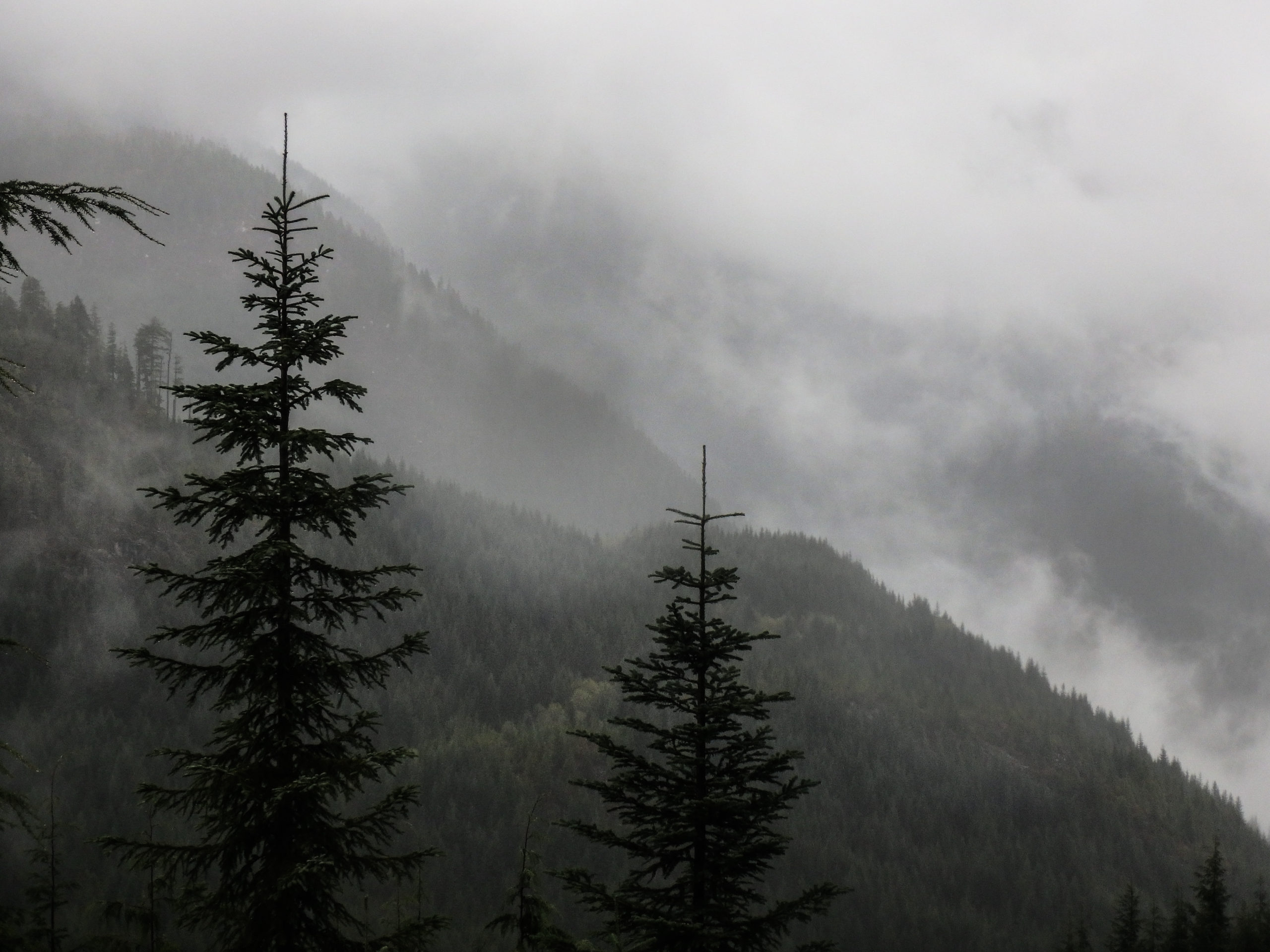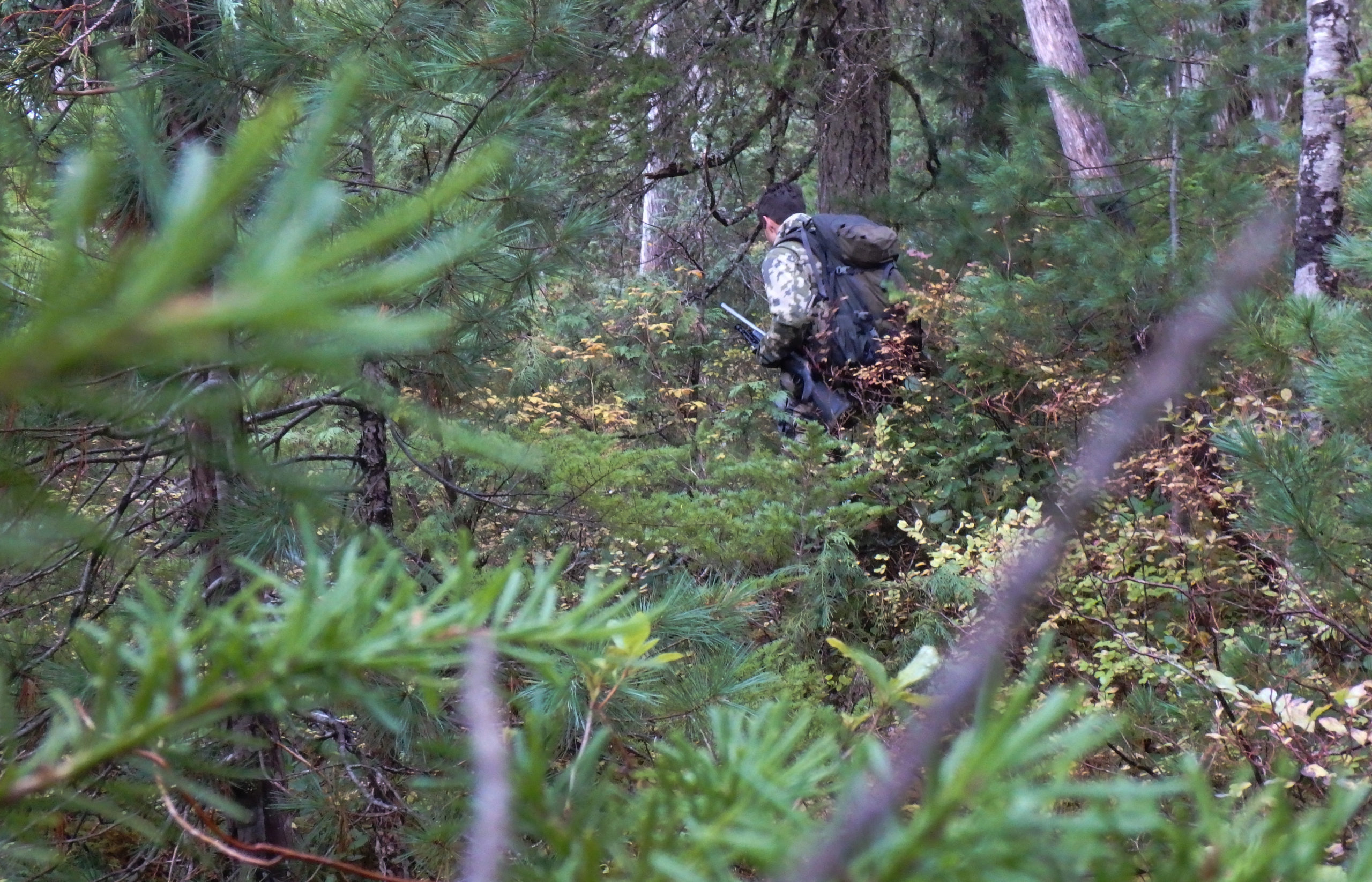Hunting, as with any passion in life, can be fickle. No matter our accolades, there will always exist a nemesis of one kind or another. For myself, and likely a few others that call coastal British Columbia home, this nemesis is the Blacktail Deer — Ghosts of the coast some may say.
Having spent my first four years as a B.C. resident on Vancouver Island, I’ve developed a love-hate relationship with these slippery bucks. Despite a smattering of luck over the years and a wealth of free time on my hands, I’ve yet to really feel like I’ve figured them out.

You may be wondering why during the most sacred hunting months of the year — sheep season — you are reading an article about Blacktail Deer? This came together from an email I received in July, from a gentleman who expressed interest in us hosting some blacktail related content on the podcast. He hadn’t experienced any success in his first two years hunting Blacktail, and found as many of us have, a lack of clear information on their habits. This gave me flashbacks to reading a university paper once stating there were three “classifications” of blacktail — Resident, migrant, and semi-migrant. Great, I thought, so basically they can and will do anything.
But when it comes to hunting the Island’s diminutive deer, I think the lack of information is two-fold – first that (especially on the island) they don’t have the impressive headgear of mulies or whitetail, and second, I think the true experts at hunting big bucks are few and far between. I suppose you could add a third point that those experts that do exist keep a tight seal on their tactics.
1. Weather and Timing
Early in my stint as an islander, I used to run trail cams in some low lying timber behind gates year-round. Outside of the peak rut (around the 11th of November, I thought) bucks were almost never caught on camera. Maybe a handful of times over in all months excluding Nov. Exactly where they go, I’ve never been able to figure out… But for all the time I would spend in the field – often a few nights or mornings a week – I did find that November & December were the most productive.
As for the weather end of that, the shittier the better. Those bone-rattling 25mm rainy evenings with heavy wind were almost a guarantee you’d catch bucks moving if you were in the right area (and moving slowly, which is #2)
2. Still Hunting
Blacktail deer helped me understand what it actually means to still hunt/move slowly through the woods. The first year or maybe two that I hunted them, I moved through deer trails and timber WAY too fast. Regular to slow walking pace fast. I lucked out and shot a couple of bucks that I caught in the wide open (young deer that made mistakes at the wrong time) but all of my time spent still hunting only turned up deers asses bounding away from me through the salal.
One night I was fortunate enough to watch a local hunter that I sometimes ran into hunting along the old forestry road of some overgrown logging slash. A fellow in his 50’s that seemed to always have his tags cut the by the season’s end. I knew who it was from across a large cut 500 yards away, so I stopped looking for deer and watched him work the area. Deadly slow, to the point, that it was hard to tell if he was actually moving once the light started to fade. He would take one or two steps, stop for a couple of minutes, and glass everything in sight with binos. This was a big eye-opener for me, and as I started to apply that technique through the game trails, I found myself walking up on does at 10-50yds in the salal & timber. Instead of noticing them when they ran off, they would slowly stand out of their beds and stare at me, unsure as to exactly what I was.
This took a long time for me to get to, and it’s still something I have to constantly remind myself to do. Glassing is very crucial here, as even under 50yds they will and do blend in – frozen and watching you. The last blacktail I shot was a spiker behind two spruce ten yards away that I nearly walked past. Even when I stopped to double-take, I had to use my binos to make out the little buck. Just because you think you have an open sightline doesn’t mean they aren’t there, and as with any hunting… always be glassing!
3. Find the Does
I found that I would often see bucks in the early spring in the vicinity of does, however, come September or October they were nowhere to be found. This led me on a wild goose chasing trying to find out where they might be, and sometimes avoiding hunting areas that I figured were “doe zones”. Come rut, regardless of what elevation you are at, the bucks will crawl out of their mountain lairs and find does in heat. Baby Blacktails aren’t born from bucks breeding stumps after all. If you combo some foul weather around the rut in November and molasses paced still hunting (with heavy glassing) in an area that you know holds does – I believe you are maximizing your chances at connecting on a buck.

A rare spot of Blacktail luck, on a warm sunny October day. A weatherproof 300wsm topped with a 2.5-8 power optic did the trick.
As for your kit, hunting blacktail can be refreshingly simple. Some inexpensive rubber raingear, waterproof boots, and any rifle of your choosing will do, though stainless rifles with synthetic stocks are ideal. I think a compact and clear optic such as a 2.5-8×36 is ideal, and if the bulk of your hunting is to be for blacktail, an 8x power binocular is about perfect. The sky is the limit when it comes to the price of optics, and from my experience, you get what you pay for. That said, if you’re new to the game, and don’t have much of a budget, I recommend spending your hard-earned dollars on gas money and trip time. Quality gear is great, but looking like you could be on the cover of a major hunting rag won’t help you kill more deer.
Hopefully, that gives you something to mull over in the coming months before deer season, and by all means, if you feel like sharing your own tips, reach out via email.
Cheers
– a Novice Blacktail Hunter


